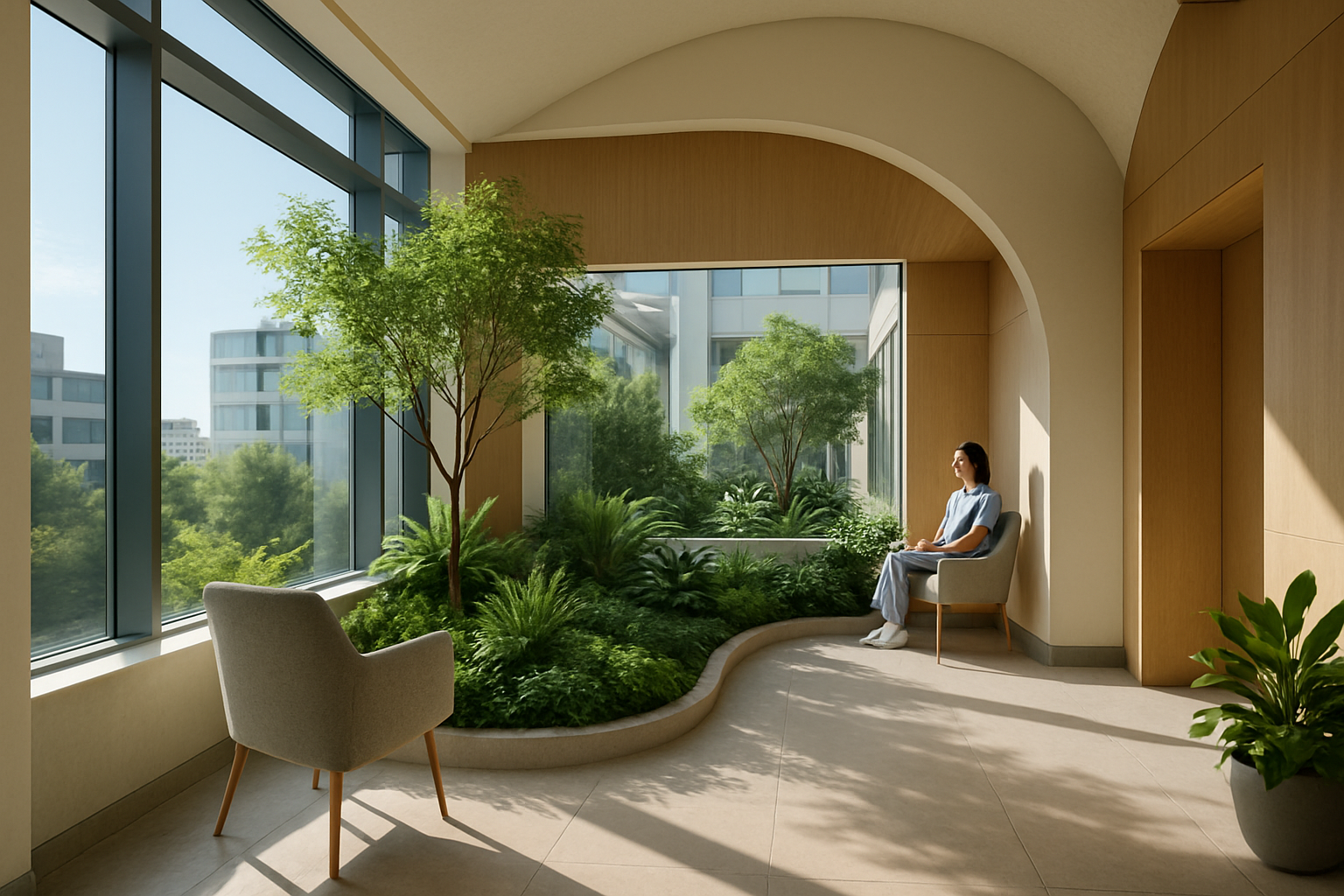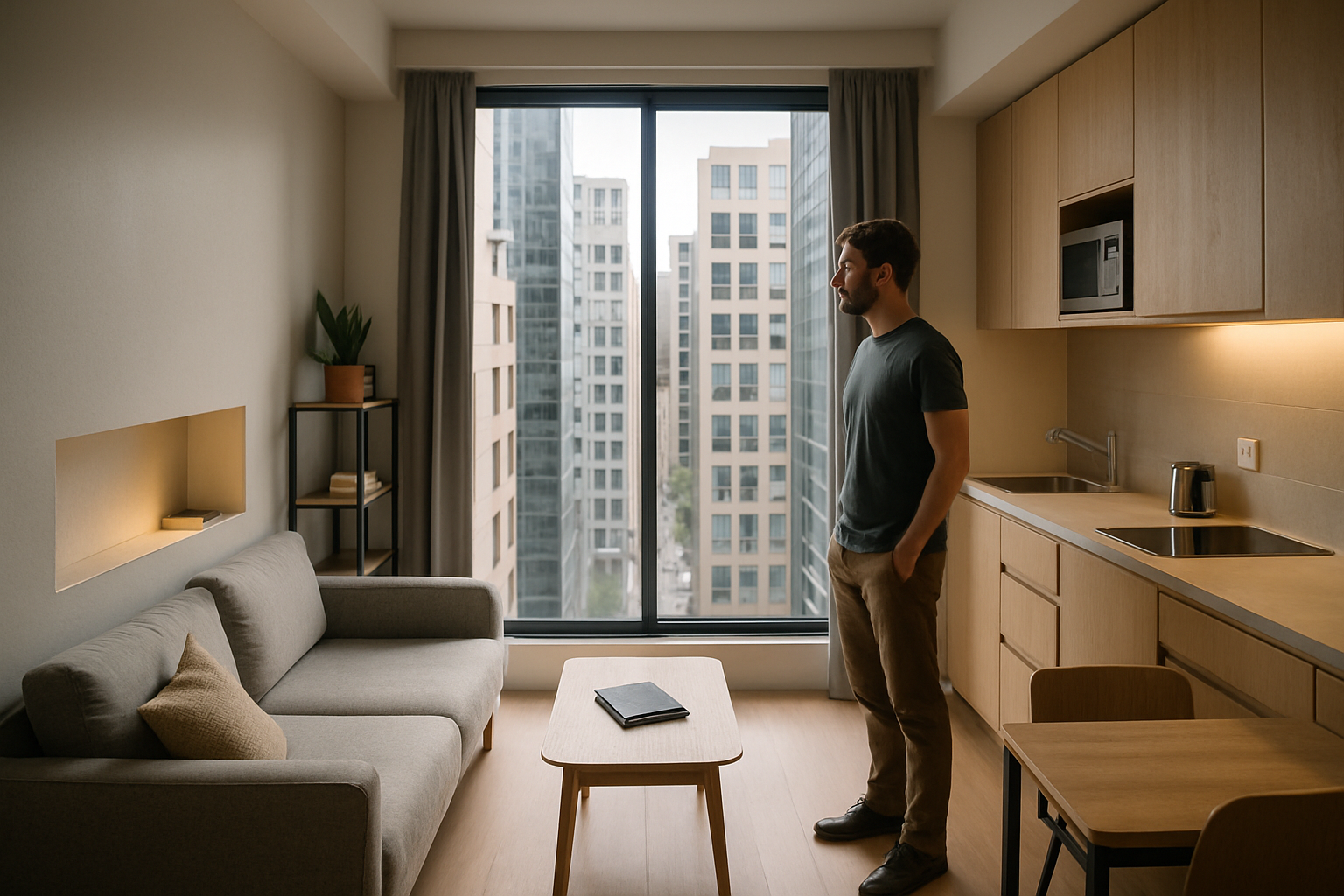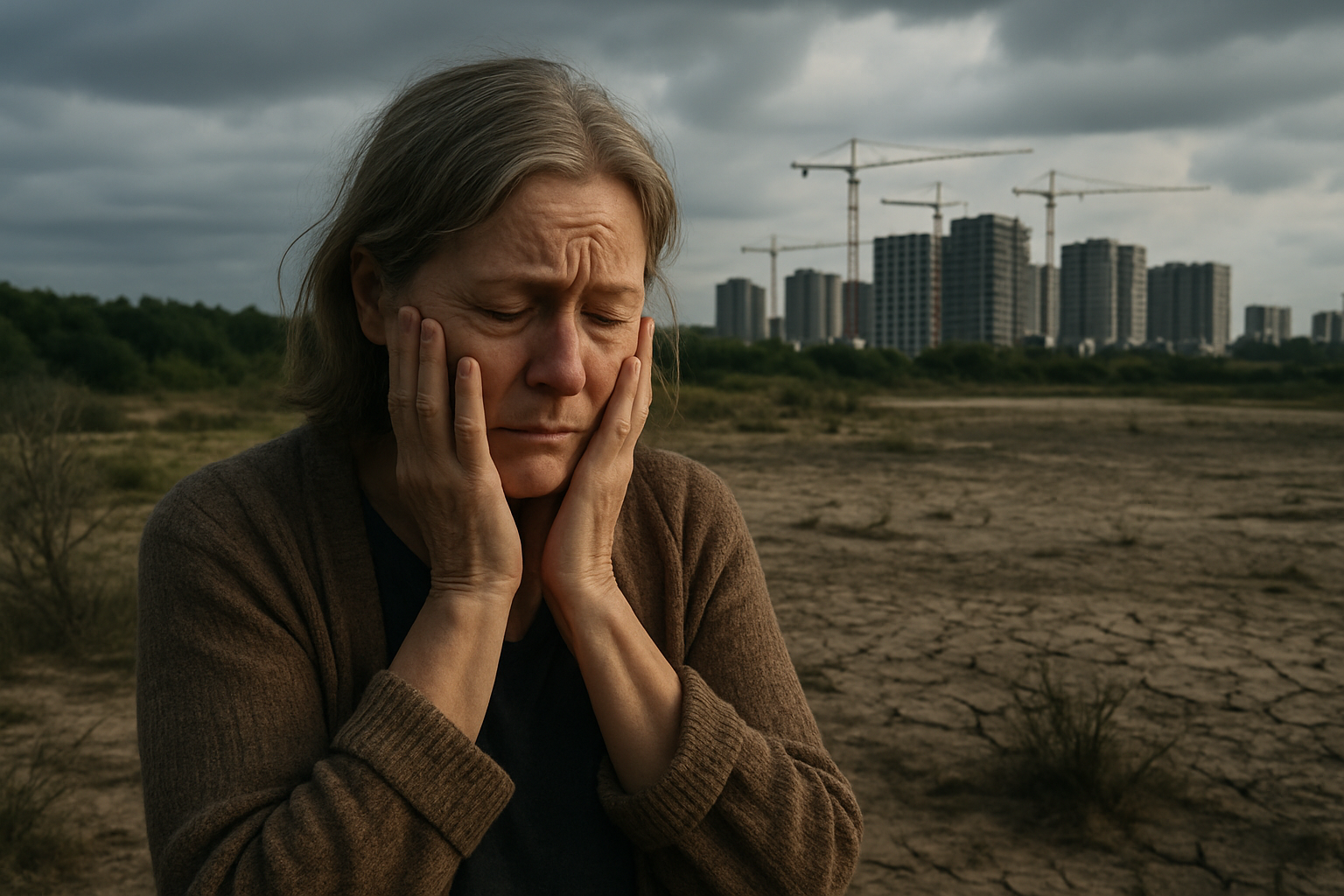Neuroaesthetic Architecture: Designing Spaces for Mental Wellbeing
Imagine walking into a building that not only pleases the eye but also soothes the mind. Welcome to the world of neuroaesthetic architecture, where science meets design to create spaces that positively impact our mental health and cognitive function. This emerging field is revolutionizing how we think about the built environment, blending neuroscience, psychology, and architectural expertise to craft spaces that enhance our wellbeing. Read below to explore this fascinating intersection of brain science and design.

The Science Behind Neuroaesthetic Architecture
At its core, neuroaesthetic architecture is rooted in the belief that our surroundings have a profound impact on our mental states. Neuroscientists have long studied how environmental factors influence brain function, and this research is now being applied to architectural design. Studies have shown that certain spatial configurations can reduce stress, improve mood, and even enhance cognitive performance. For instance, exposure to natural light and views of nature have been linked to faster patient recovery in hospitals and increased productivity in workplaces.
Key Elements of Neuroaesthetic Design
Neuroaesthetic architects focus on several key elements when designing spaces. Light plays a crucial role, with emphasis on maximizing natural light and using artificial lighting that mimics natural patterns. Color schemes are carefully chosen to evoke specific emotional responses, while spatial layouts are designed to promote ease of navigation and reduce cognitive load. Biophilic design, which incorporates natural elements into built environments, is another fundamental aspect of this approach, recognizing our innate connection to nature and its calming effects on the human psyche.
Applications in Healthcare Settings
One of the most significant areas where neuroaesthetic architecture is making an impact is in healthcare design. Hospitals and clinics are being reimagined to create more healing environments. Features like gardens, artwork, and soothing color palettes are being integrated to reduce patient anxiety and promote faster recovery. Research has shown that patients in rooms with views of nature require less pain medication and have shorter hospital stays compared to those in rooms without such views. This approach not only improves patient outcomes but also contributes to more efficient healthcare delivery.
Transforming Workspaces
The corporate world is also embracing neuroaesthetic principles to create more productive and employee-friendly environments. Companies are moving away from traditional office layouts to design spaces that foster creativity, collaboration, and wellbeing. This includes incorporating flexible work areas, quiet zones for focused work, and communal spaces that encourage social interaction. The use of natural materials, plants, and dynamic lighting systems are becoming common features in these neuroaesthetically designed workplaces, aimed at reducing stress and enhancing employee satisfaction and performance.
Challenges and Future Directions
While the potential of neuroaesthetic architecture is immense, the field faces several challenges. One of the primary obstacles is the need for more extensive, long-term studies to quantify the benefits of these design approaches. Additionally, there’s the challenge of balancing aesthetic considerations with functional requirements and budget constraints. As the field evolves, interdisciplinary collaboration between neuroscientists, psychologists, architects, and designers will be crucial to developing evidence-based design strategies that can be widely implemented.
The future of neuroaesthetic architecture looks promising, with potential applications extending beyond healthcare and corporate settings. Educational institutions are beginning to explore how classroom design can enhance learning outcomes, while urban planners are considering how to incorporate these principles into city design to create more livable and mentally healthy urban environments. As our understanding of the brain-environment relationship deepens, we can expect to see more innovative and holistic approaches to designing spaces that not only look good but also feel good for our minds and bodies.





